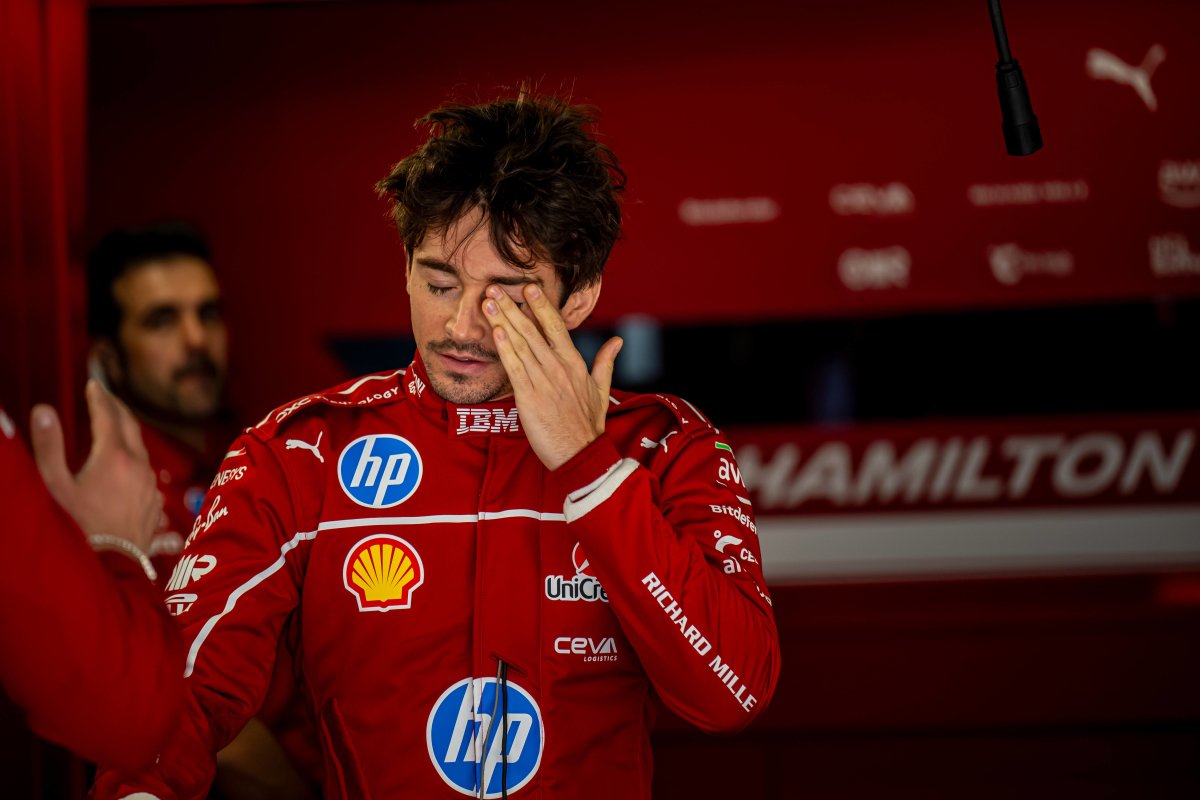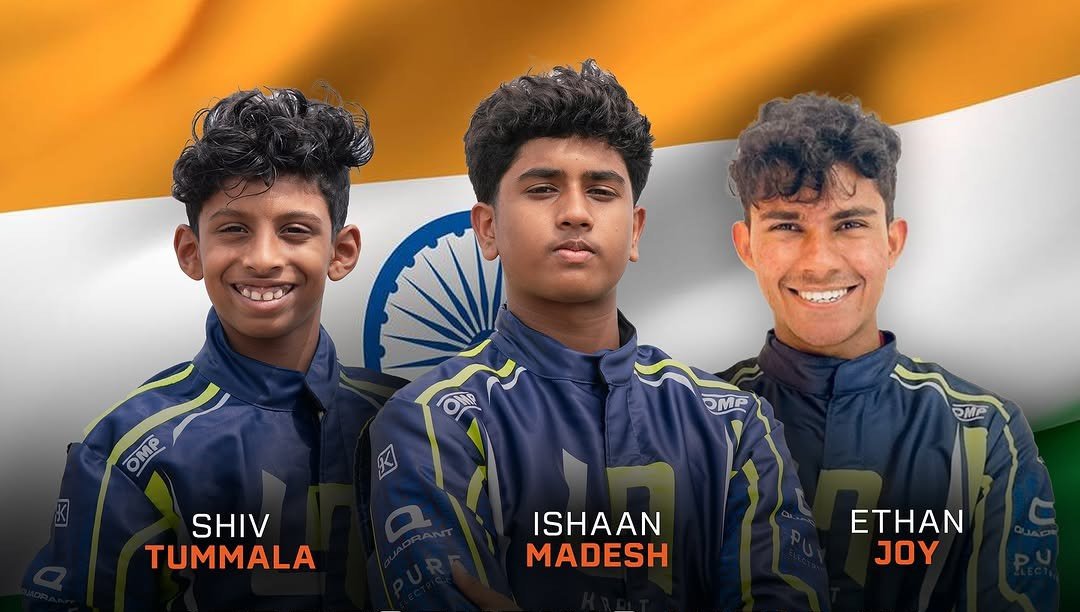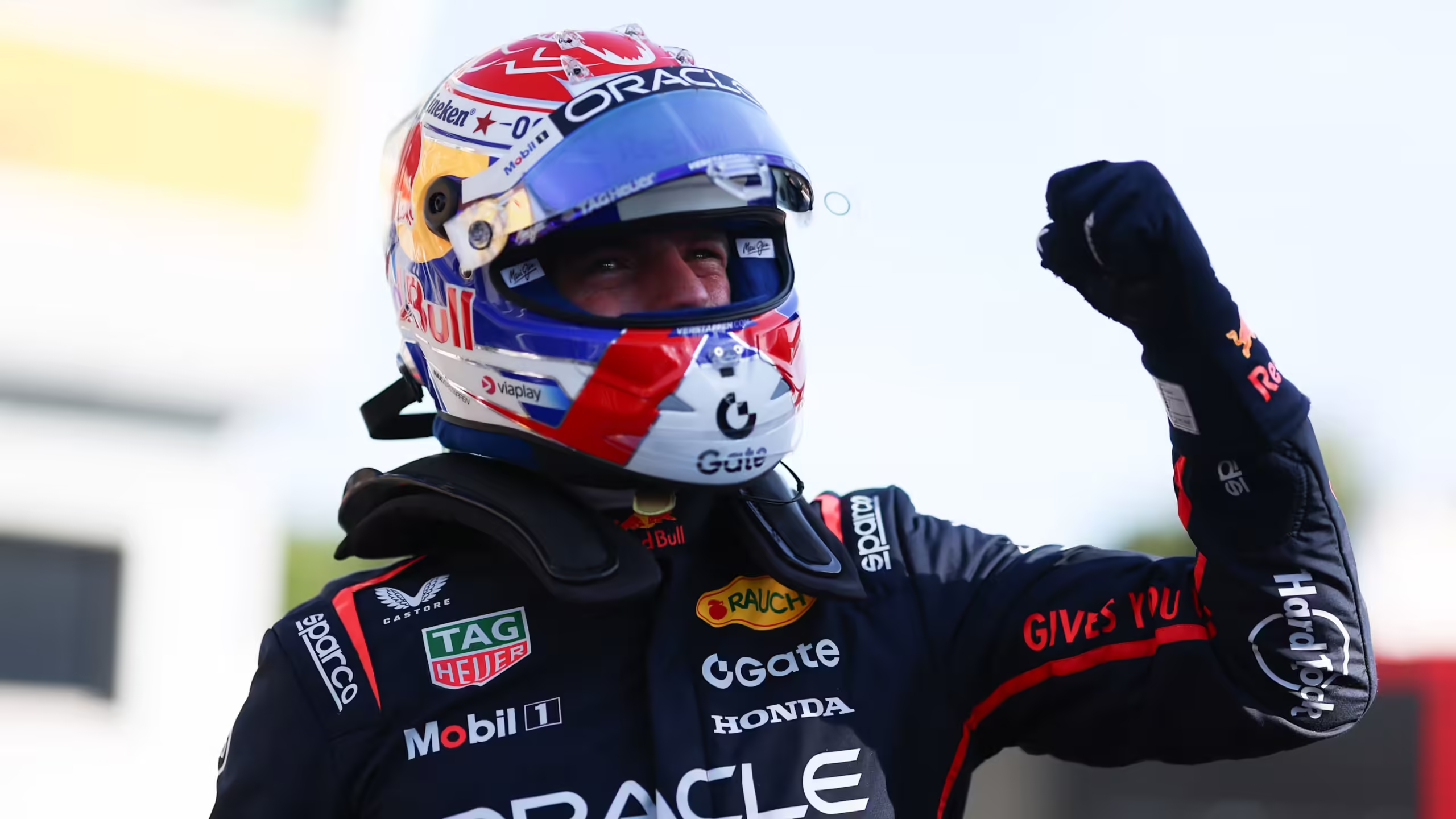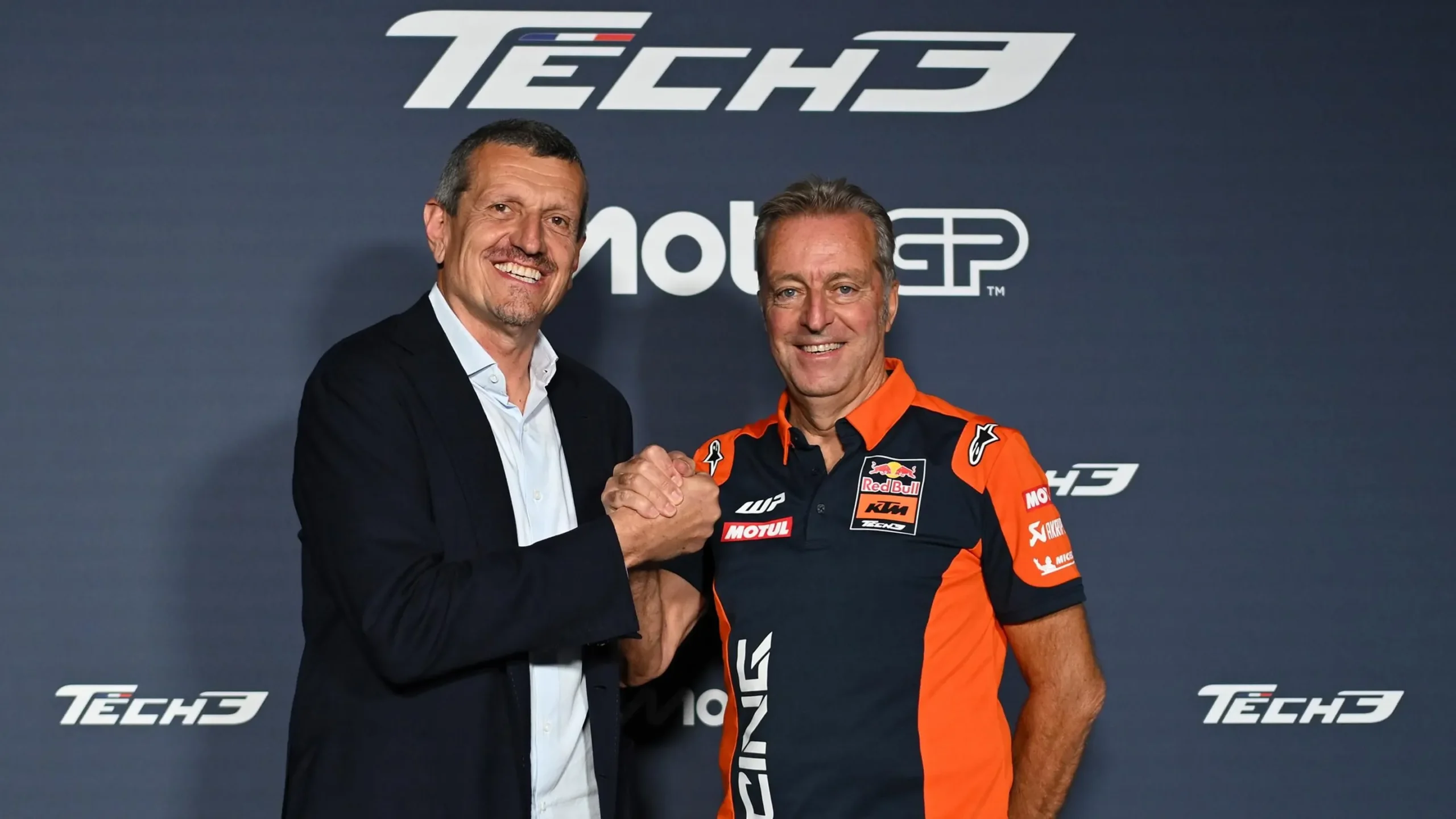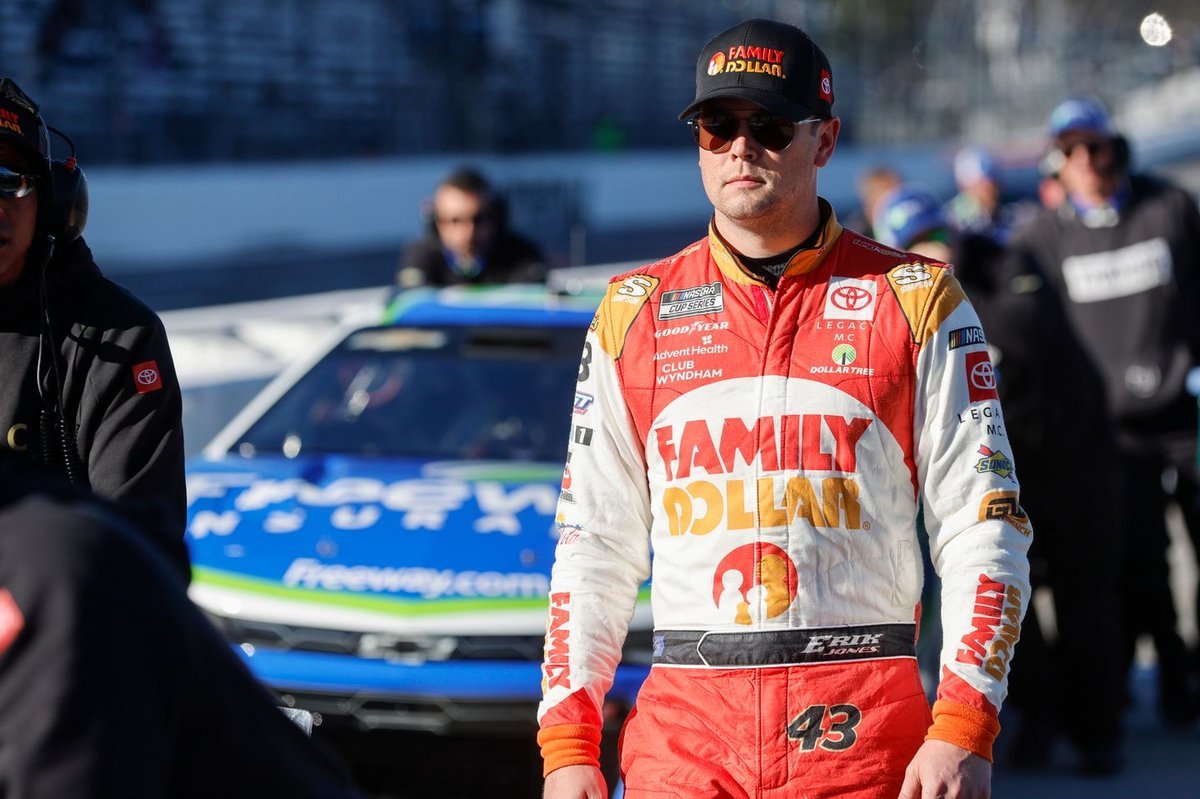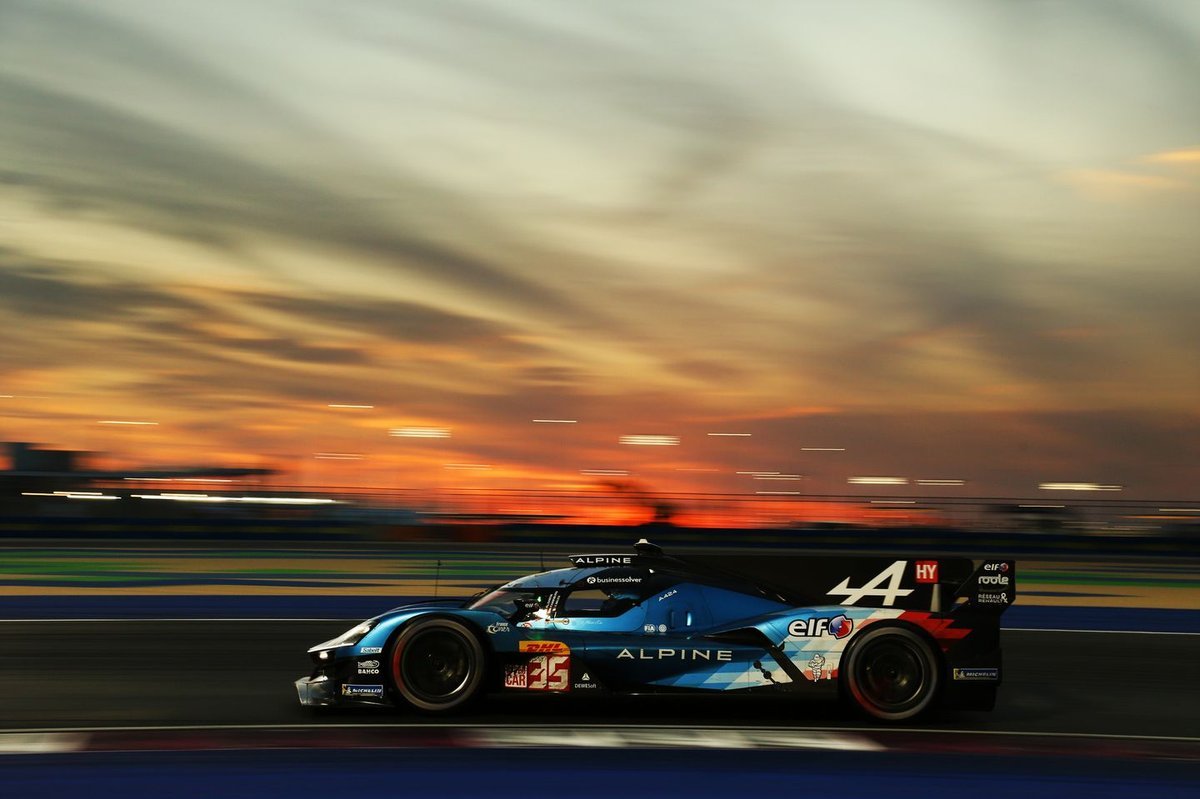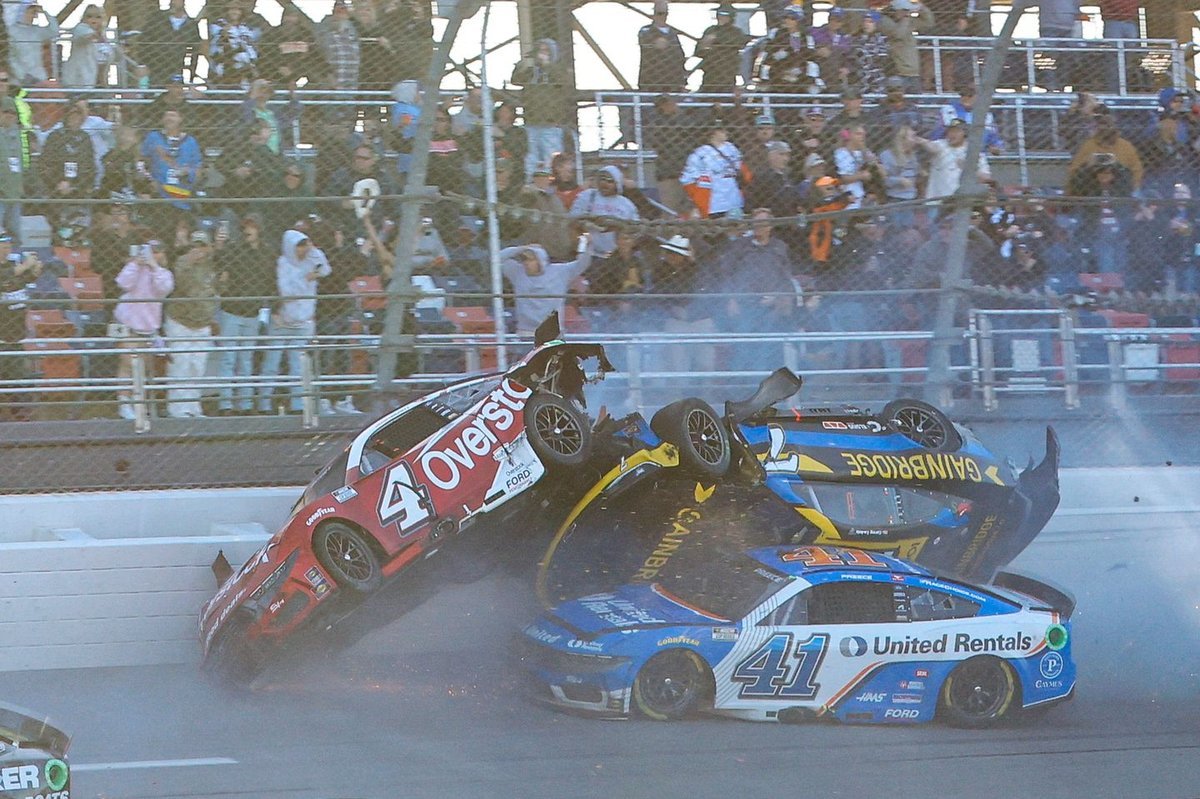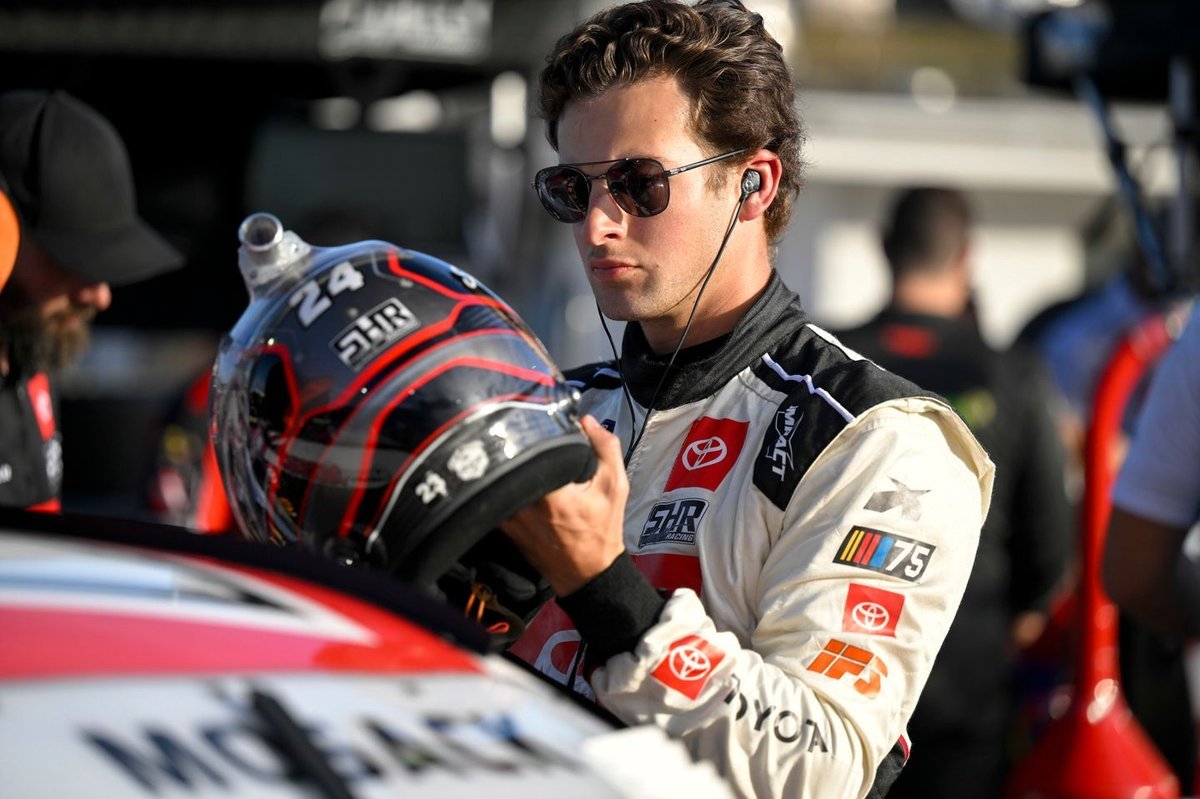
Ferrari hands Dino Beganovic his F1 debut in Bahrain FP1, showcasing their commitment to young talent. What does this mean for Ferrari’s future?Ferrari announce Leclerc replacement for upcoming grand prix
Ferrari is making a bold move at the Bahrain Grand Prix, allowing young Swedish driver Dino Beganovic to take the wheel of the SF-25 during the first free practice session (FP1). In doing so, they are not just complying with the 2025 rookie regulations but also reaffirming their dedication to grooming future champions. With Charles Leclerc stepping aside for the session, all eyes will be on Beganovic as he gets his first official taste of Formula 1 action. But why is this such a crucial moment for Ferrari and the sport? Let’s dive in.
Table of Contents
| Sr# | Headings |
|---|---|
| 1 | Embracing the 2025 Rookie Practice Regulations |
| 2 | Who is Dino Beganovic? A Rising Star in the Ferrari Driver Academy |
| 3 | Why Ferrari Chose Bahrain for Beganovic’s Debut |
| 4 | Strategic Implications of Ferrari’s Decision |
| 5 | The Challenges of Driving an F1 Car for the First Time |
| 6 | How FP1 Experience Helps Rookie Drivers |
| 7 | Ferrari’s Long-Term Plan for Beganovic |
| 8 | Comparison with Other Ferrari Driver Academy Graduates |
| 9 | The Future of Ferrari’s Young Driver Program |
| 10 | What Fans Can Expect from Beganovic’s FP1 Session |
| 11 | Final Thoughts on Ferrari’s Strategic Approach |
| 12 | FAQs on Beganovic and Ferrari’s Driver Development |
Embracing the 2025 Rookie Practice Regulations
The 2025 F1 season introduces updated regulations requiring teams to allocate at least two FP1 sessions per car to rookie drivers with no more than two Grand Prix starts. Ferrari’s decision to field Beganovic early in the season signals their eagerness to comply while also maximizing the potential benefits of testing a future prospect.
Who is Dino Beganovic? A Rising Star in the Ferrari Driver Academy
Dino Beganovic has been on Ferrari’s radar for years, steadily climbing the motorsport ladder:
- 2022: Won the Formula Regional European Championship by Alpine, proving his racing prowess.
- 2023-2024: Competed in FIA Formula 3, securing two victories and multiple podiums, finishing sixth overall.
- Late 2024: Moved to Formula 2 with DAMS Lucas Oil, quickly making an impact with a podium finish in Abu Dhabi.
His rapid rise makes him an exciting prospect, and this FP1 session is a crucial step in his development.
Why Ferrari Chose Bahrain for Beganovic’s Debut
The Bahrain International Circuit presents a unique challenge with its mix of long straights, heavy braking zones, and tricky traction areas. For a rookie, it’s a perfect test of adaptability and skill, allowing teams to gauge a driver’s composure under tough conditions.
Strategic Implications of Ferrari’s Decision
Ferrari’s move isn’t just about fulfilling a regulation; it carries several strategic advantages:
- Talent Evaluation: Allows the team to assess Beganovic’s ability in a real F1 environment.
- Car Development: A fresh perspective can yield valuable feedback on car performance.
- Future Planning: Establishes a structured approach to integrating young talent into F1.
The Challenges of Driving an F1 Car for the First Time
Transitioning from Formula 2 to an F1 car is a massive leap. The power difference, advanced aerodynamics, and complex hybrid systems make it a daunting task for any rookie. How Beganovic adapts to this challenge will determine his future trajectory.
How FP1 Experience Helps Rookie Drivers
For young drivers, FP1 sessions provide invaluable experience. It’s their first real taste of an F1 weekend—working with a top-tier engineering team, understanding data analysis, and handling pressure from media and fans. These sessions can shape their careers and prepare them for a full-time seat.
Ferrari’s Long-Term Plan for Beganovic
Is this just a one-off opportunity, or does Ferrari see Beganovic as a potential full-time driver? Given their structured driver development, this FP1 session might be the first of several tests to evaluate his readiness for a future Ferrari or Haas seat.
Comparison with Other Ferrari Driver Academy Graduates
Ferrari’s Driver Academy has produced talents like Charles Leclerc and Mick Schumacher. While some have thrived, others haven’t secured long-term F1 careers. Where Beganovic fits in this mix remains a key question.
The Future of Ferrari’s Young Driver Program
With new regulations mandating more rookie participation, Ferrari must refine its approach to talent development. Will they continue to push young drivers aggressively, or adopt a more cautious strategy?
What Fans Can Expect from Beganovic’s FP1 Session
Fans should look forward to:
- Lap Consistency: Can he deliver competitive lap times?
- Adaptability: How quickly does he adjust to the SF-25?
- Team Communication: His ability to provide feedback and work with engineers.
While he won’t be expected to set record times, his ability to handle the pressure and show promise will be crucial.
Final Thoughts on Ferrari’s Strategic Approach
Ferrari’s decision to field Dino Beganovic in Bahrain FP1 is a clear sign of their commitment to young talent. This opportunity gives Beganovic the chance to prove himself, and if he impresses, it could be the beginning of something much bigger. As Formula 1 continues to evolve, Ferrari’s ability to develop future stars will be essential to their long-term success.
FAQs on Beganovic and Ferrari’s Driver Development
1. Why is Dino Beganovic getting an F1 opportunity now?
Ferrari is using this session to comply with 2025 rookie rules and assess Beganovic’s potential for a future F1 seat.
2. How does FP1 help young drivers like Beganovic?
It allows them to gain real F1 experience, work with top engineers, and adapt to the sport’s demands.
3. Could Beganovic replace a Ferrari driver in the future?
While unlikely in the short term, strong performances in F2 and FP1 sessions could put him in contention for a future seat.
4. How does Ferrari’s Driver Academy compare to Red Bull’s program?
Ferrari’s program is structured and methodical, while Red Bull’s is aggressive and performance-driven. Both have produced top-tier drivers.
5. What should fans watch for during Beganovic’s FP1 run?
Lap times, adaptability, and how well he communicates with the team will be key indicators of his readiness for F1.
Ferrari’s gamble on young talent keeps the excitement alive in Formula 1. Will Dino Beganovic rise to the challenge? The Bahrain FP1 session will give us our first clue.

